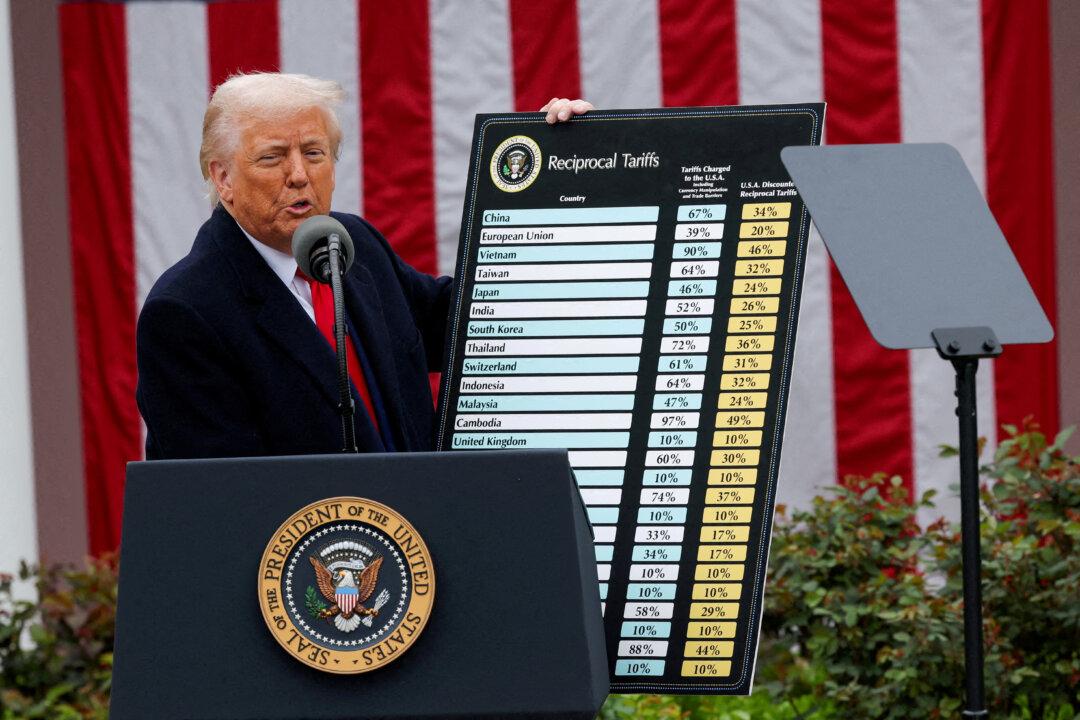The U.S. labor market is sending mixed signals ahead of the April jobs report, with layoffs tumbling and unemployment claims surging.
So far this year, U.S.-based employers have announced payroll reductions of more than 602,000, up 87 percent from the first four months of 2024. This is the highest year-to-date total since the onset of the coronavirus pandemic.
Cuts in government headcount have been at the center of Challenger’s monthly data. In April, other industries accelerated their planned layoffs or reported limited hiring intentions, says Andrew Challenger, the organization’s senior vice president.
“Employers are slow to hire and limiting hiring plans as they wait and see what will happen with trade, supply chain, and consumer spending,” he said in the report.
The technology sector announced the largest number of layoffs in April, totaling 27,021 cuts, a 79 percent increase from March. This was followed by health care (7,654), retail (7,235), nonprofits (5,453), media (3,605), and government (2,782).
Still, the government continues to lead all sectors in planned job cuts in 2025, with 282,227.
Employers have cited various reasons for their cutbacks. The most common were Department of Government Efficiency-related actions and “DOGE downstream impacts.” Companies also listed market and economic conditions and tariffs.
Initial Jobless Claims Rise
Unemployment claims ticked up to their highest level in two months after several weeks of little change.This was higher than the consensus forecast of 224,000.
The headline number will indicate a dramatic increase, but a deeper dive will show that it was primarily driven by higher claims in New York (15,525) and Massachusetts (3,251).
Continuing jobless claims—a gauge representing the number of people currently receiving unemployment benefits—surged by 83,000, to 1.916 million, the highest since November 2021.
The four-week jobless average, which removes week-to-week volatility, inched higher, to 226,000 from 220,500.
The Main Event: April Jobs Report
All eyes will be on the April employment data, which will be released on May 2.“Tomorrow’s jobs report is important for markets because it will either confirm slowdown/recession fears (and hit stocks like we saw yesterday) or push back on them (and likely help fuel a bounce),” Tom Essaye, president and founder of Sevens Research Report, said in a note to The Epoch Times.

In addition, the median estimate for the unemployment rate is 4.2 percent, slightly above the trailing 12-month average of 4.1 percent.
Market watchers have been waiting for deteriorating business and consumer sentiment to appear in the hard data. The first-quarter GDP report may have been the first indicator to spotlight adverse tariff-related effects on the U.S. economy.
In the January–March period, the U.S. economy contracted by 0.3 percent, caused mainly by a spike in imports and a decrease in government spending. However, consumer spending and exports rose at a healthy pace, and private investments in the national economy soared.
While it is not a leading indicator, it is another piece of the economic puzzle, says Siebert Financial CIO Mark Malek.
“It is a stable series, so if indeed it does start to show marked declines, we can more confidently predict a slackening of the labor market, and that is certainly a driver for economic decline,” Malek said in a note emailed to The Epoch Times.
“Between the GDP report, April’s ADP report, and a pullback in business and consumer surveys last month, the economy is losing momentum and risks to the economic outlook are increasing,” Bill Adams, chief economist for Comerica Bank, said in a note to The Epoch Times.







